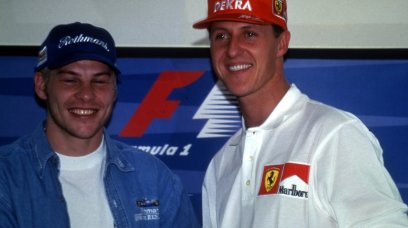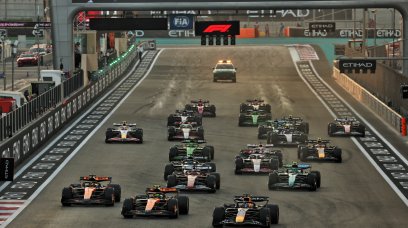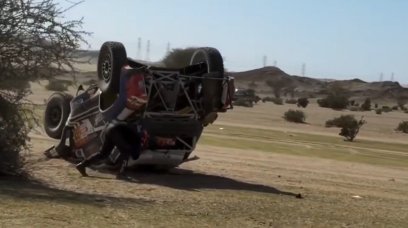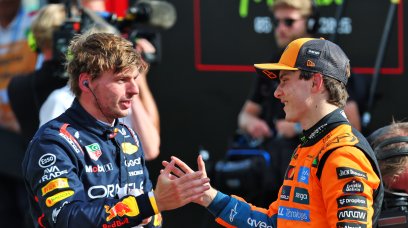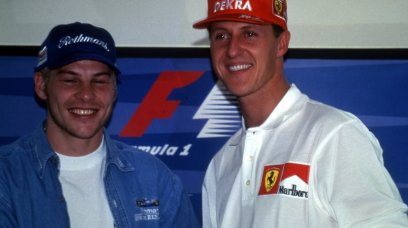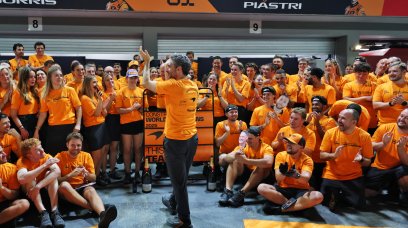Pole Position wasn't a given, but qualifying highlighted how much performance the Ferrari SF-23 has on this Baku Formula 1 track, at least over the flying lap, in line with that of the Red Bull RB19. It's a performance linked to the characteristics of the Baku track, characterised by very long straights and no fast corners, which places strong dependence on aerodynamic and dynamic balance of Formula 1 cars. As emerged in the first three races, this is typically a limitation of the “red cars”. Basically, this track does not highlight the fundamental defects of this car, instead highlighting its qualities. The SF-23 project, in fact, was based on its maximum straight-line efficiency, i.e. to produce little drag, a fundamental quality here and which allows the power of the engine to be totally functional to the increase in speed on long straights. To tell the truth, Leclerc's second attempt in Q3 showed that the dynamic and aerodynamic set-up adjustments also positively influenced overall performance. In fact, the Monegasque not only set the best time in the first sector, but also in the second, where the balance of the car becomes crucial. Red Bull, on the other hand, was unable to maintain the performance advantage it had shown in the first three races.
As known, the DRS in Baku in unlike most other circuits due to the low aerodynamic configuration, adopted by everyone. The DRS loses most of its effectiveness and, specifically for the RB19, it does not cause the diffuser to stall in a striking way. In practice, the speed increase given by its activation is within the norm, in comparison with rival cars. To remedy its lesser effectiveness, the Milton Keynes team introduced a definitive modification to the sidepods inlets. In fact, their vertical section has been reduced, in favour of an increase in the channel between the sidepods and the floor, improving the efficiency of the RB19, while maintaining the same heat exchange.
In short, it was the ideal solution, which Red Bull technical chief Adrian Newey was able to implement thanks to a modular project of this car which allows maximum freedom of development. Nonetheless, this ingenious intervention, together with the revised engine mode of the Honda power unit, which did not show 'clipping' problems at the end of the straights (loss of power due to battery charge depletion), was not enough to stay ahead of the Ferrari of Leclerc. It seems correct to underline that the Sprint shootout will take place at different temperatures, and also with the obligation to use at least one set of Medium tyres in Q1 and Q2 and the Softs in Q3, but the Ferrari is there!
Most read
